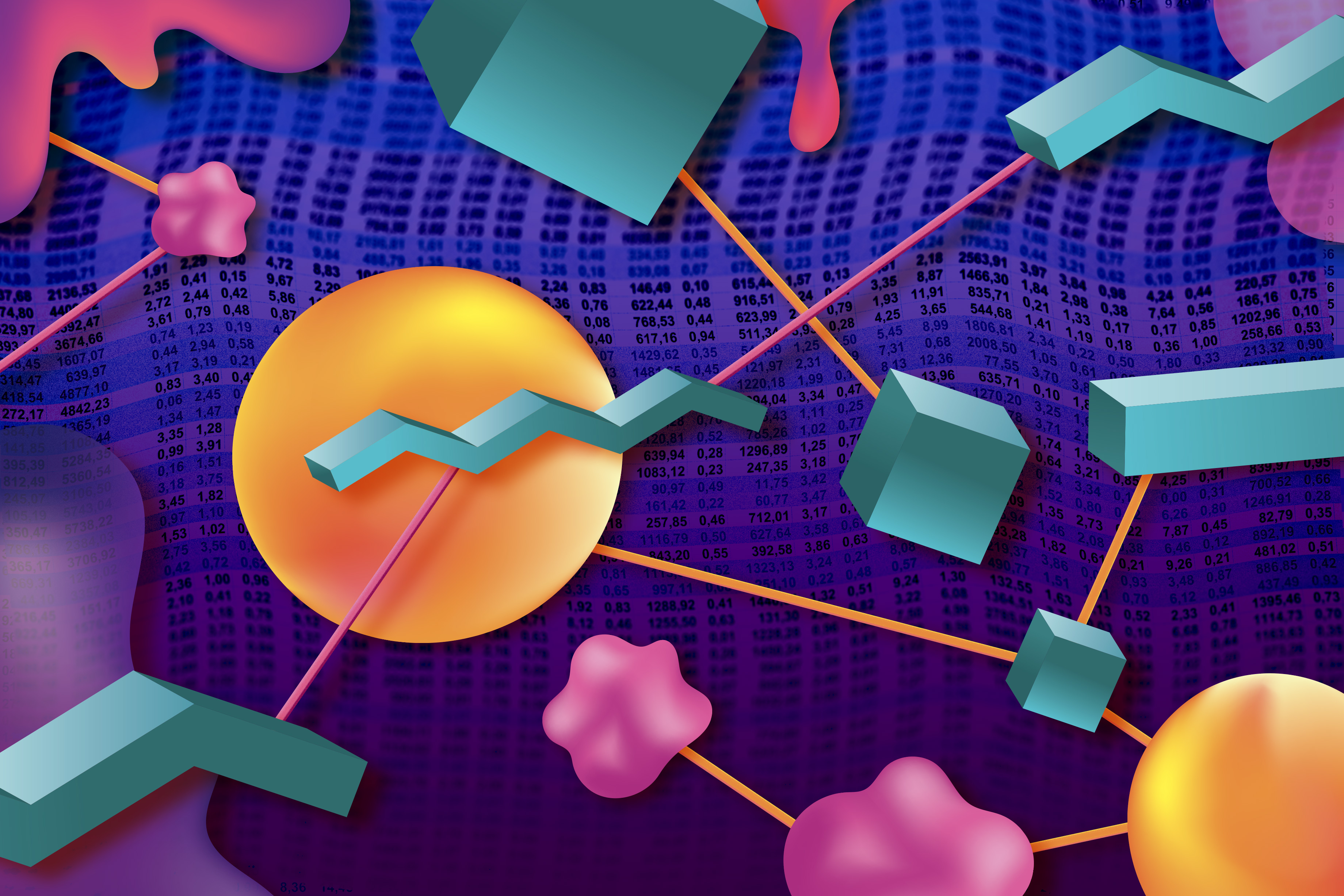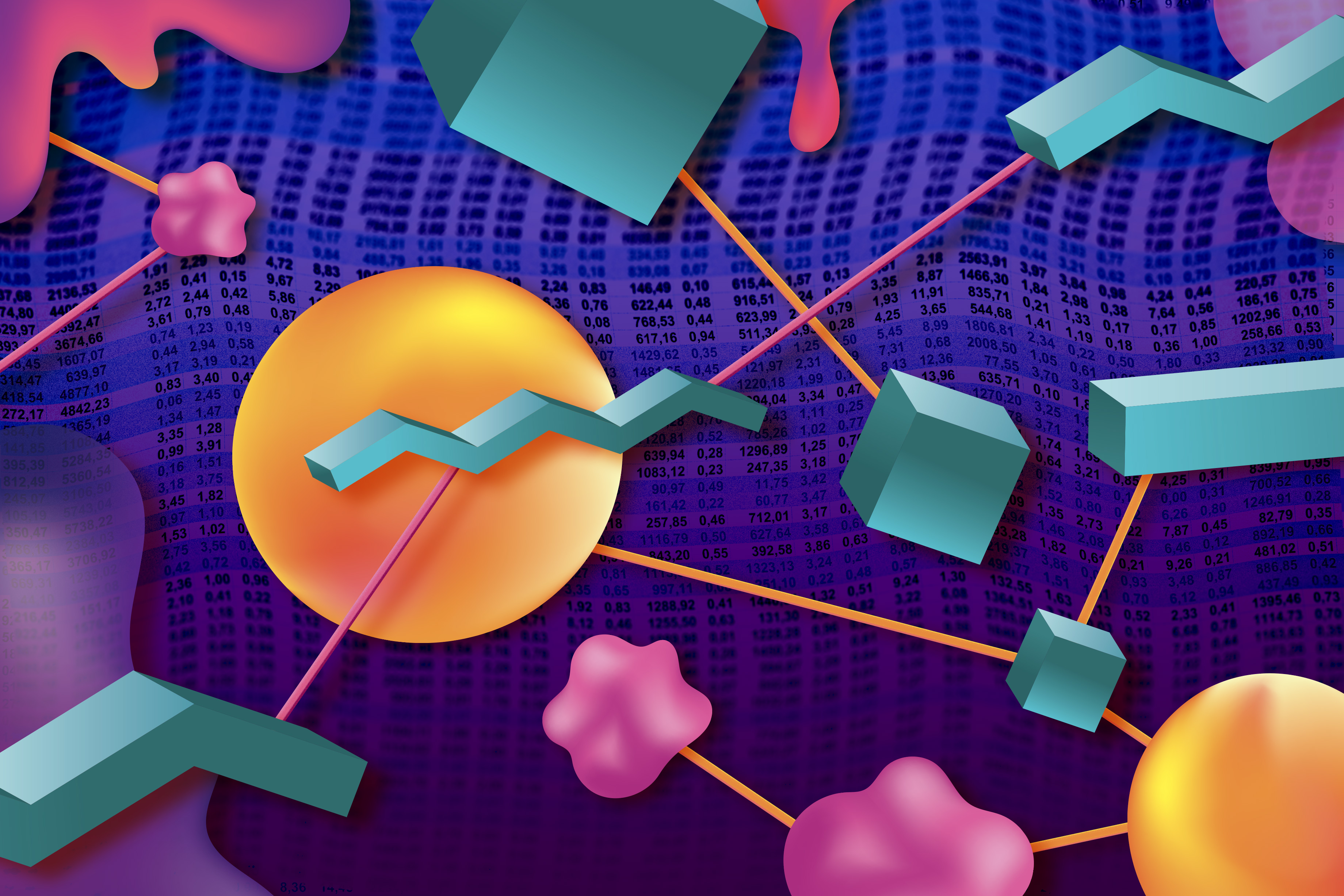
Artificial information are artificially generated by algorithms to imitate the statistical properties of precise information, with out containing any data from real-world sources. Whereas concrete numbers are exhausting to pin down, some estimates counsel that greater than 60 % of knowledge used for AI purposes in 2024 was artificial, and this determine is anticipated to develop throughout industries.
As a result of artificial information don’t comprise real-world data, they maintain the promise of safeguarding privateness whereas lowering the price and growing the pace at which new AI fashions are developed. However utilizing artificial information requires cautious analysis, planning, and checks and balances to forestall lack of efficiency when AI fashions are deployed.
To unpack some execs and cons of utilizing artificial information, MIT Information spoke with Kalyan Veeramachaneni, a principal analysis scientist within the Laboratory for Info and Determination Methods and co-founder of DataCebo whose open-core platform, the Artificial Knowledge Vault, helps customers generate and take a look at artificial information.
Q: How are artificial information created?
A: Artificial information are algorithmically generated however don’t come from an actual state of affairs. Their worth lies of their statistical similarity to actual information. If we’re speaking about language, as an illustration, artificial information look very a lot as if a human had written these sentences. Whereas researchers have created artificial information for a very long time, what has modified previously few years is our means to construct generative fashions out of knowledge and use them to create real looking artificial information. We are able to take just a little little bit of actual information and construct a generative mannequin from that, which we are able to use to create as a lot artificial information as we would like. Plus, the mannequin creates artificial information in a approach that captures all of the underlying guidelines and infinite patterns that exist in the true information.
There are primarily 4 completely different information modalities: language, video or photographs, audio, and tabular information. All 4 of them have barely other ways of constructing the generative fashions to create artificial information. An LLM, as an illustration, is nothing however a generative mannequin from which you might be sampling artificial information if you ask it a query.
A number of language and picture information are publicly accessible on the web. However tabular information, which is the info collected after we work together with bodily and social methods, is commonly locked up behind enterprise firewalls. A lot of it’s delicate or non-public, equivalent to buyer transactions saved by a financial institution. For this sort of information, platforms just like the Artificial Knowledge Vault present software program that can be utilized to construct generative fashions. These fashions then create artificial information that protect buyer privateness and might be shared extra broadly.
One highly effective factor about this generative modeling method for synthesizing information is that enterprises can now construct a custom-made, native mannequin for their very own information. Generative AI automates what was a handbook course of.
Q: What are some advantages of utilizing artificial information, and which use-cases and purposes are they significantly well-suited for?
A: One elementary utility which has grown tremendously over the previous decade is utilizing artificial information to check software program purposes. There’s data-driven logic behind many software program purposes, so that you want information to check that software program and its performance. Prior to now, folks have resorted to manually producing information, however now we are able to use generative fashions to create as a lot information as we’d like.
Customers can even create particular information for utility testing. Say I work for an e-commerce firm. I can generate artificial information that mimics actual clients who stay in Ohio and made transactions pertaining to 1 specific product in February or March.
As a result of artificial information aren’t drawn from actual conditions, they’re additionally privacy-preserving. One of many largest issues in software program testing has been having access to delicate actual information for testing software program in non-production environments, resulting from privateness considerations. One other fast profit is in efficiency testing. You may create a billion transactions from a generative mannequin and take a look at how briskly your system can course of them.
One other utility the place artificial information maintain plenty of promise is in coaching machine-learning fashions. Typically, we would like an AI mannequin to assist us predict an occasion that’s much less frequent. A financial institution might need to use an AI mannequin to foretell fraudulent transactions, however there could also be too few actual examples to coach a mannequin that may establish fraud precisely. Artificial information present information augmentation — further information examples which might be much like the true information. These can considerably enhance the accuracy of AI fashions.
Additionally, typically customers don’t have time or the monetary assets to gather all the info. For example, amassing information about buyer intent would require conducting many surveys. If you find yourself with restricted information after which attempt to practice a mannequin, it received’t carry out effectively. You may increase by including artificial information to coach these fashions higher.
Q. What are a few of the dangers or potential pitfalls of utilizing artificial information, and are there steps customers can take to forestall or mitigate these issues?
A. One of many largest questions folks typically have of their thoughts is, if the info are synthetically created, why ought to I belief them? Figuring out whether or not you may belief the info typically comes all the way down to evaluating the general system the place you might be utilizing them.
There are plenty of facets of artificial information now we have been in a position to consider for a very long time. For example, there are present strategies to measure how shut artificial information are to actual information, and we are able to measure their high quality and whether or not they protect privateness. However there are different vital concerns in case you are utilizing these artificial information to coach a machine-learning mannequin for a brand new use case. How would you understand the info are going to result in fashions that also make legitimate conclusions?
New efficacy metrics are rising, and the emphasis is now on efficacy for a specific activity. You could actually dig into your workflow to make sure the artificial information you add to the system nonetheless will let you draw legitimate conclusions. That’s one thing that should be executed rigorously on an application-by-application foundation.
Bias may also be a problem. Since it’s created from a small quantity of actual information, the identical bias that exists in the true information can carry over into the artificial information. Identical to with actual information, you would wish to purposefully be sure that the bias is eliminated by completely different sampling methods, which might create balanced datasets. It takes some cautious planning, however you may calibrate the info technology to forestall the proliferation of bias.
To assist with the analysis course of, our group created the Artificial Knowledge Metrics Library. We apprehensive that folks would use artificial information of their setting and it will give completely different conclusions in the true world. We created a metrics and analysis library to guarantee checks and balances. The machine studying group has confronted plenty of challenges in making certain fashions can generalize to new conditions. Using artificial information provides a complete new dimension to that downside.
I anticipate that the outdated methods of working with information, whether or not to construct software program purposes, reply analytical questions, or practice fashions, will dramatically change as we get extra refined at constructing these generative fashions. A number of issues now we have by no means been in a position to do earlier than will now be potential.


Leave a Reply